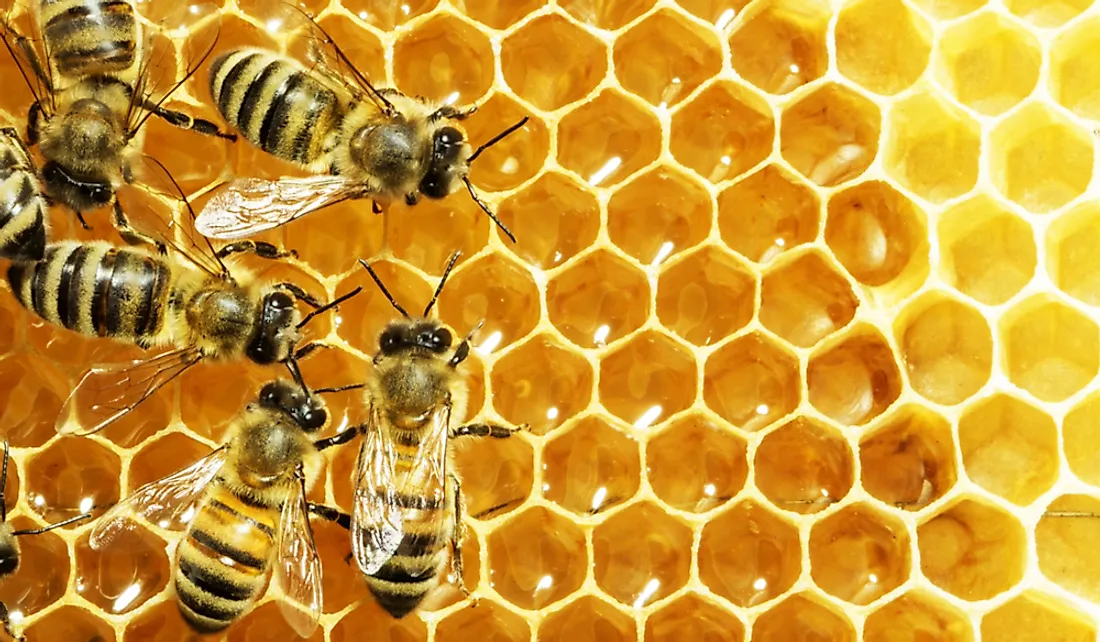What Are Eusocial Insects?

Insects are the most diverse group of animals, and the total number of extant species is estimated at between six and ten million. In fact, approximately 90% of the world's animals are insects. These insects are classified into numerous species and categories. One such group that exists all over the world are eusocial insects, which are species known for having a well-structured social hierarchy, in which individuals have specialized roles and have evolved to play these respective roles effectively. Examples of eusocial insects include bees, ants, and termites.
Social Hierarchy of Eusocial Insects
Leadership and Reproduction: Queens
The social structure of eusocial insects revolves around a single adult female of the species, commonly referred to as the queen. For most eusocial insects, the entire colony is dependent on the queen, who is responsible for choosing the site on which the colony is established. In addition to selecting the colony location, the queen is also responsible for the growth of the colony through reproduction, by laying thousands of eggs. Interestingly, some ant species have been observed to have multiple queens in a single colony. These queens, however, usually move away from the colony to establish new colonies of their own, taking with them some worker ants. In most species, the queen has a long lifespan, sometimes living for up to three decades.
Reproduction: Drones
Other members of a eusocial species responsible for reproduction include a small number of select adult males, called drones. In bees, this task is given to male bees which are usually driven out of the hive in periods when fertilization is not a priority, such as during winter. In ants, the drones can migrate away from their home colony to a new colony, where they can mate with the colony’s queens.
Defense: Soldiers and Guards
Eusocial insects also have individuals tasked with defending the colony against foreign invaders. In most species, these individuals have morphologically evolved to develop physical attributes suitable for defense. For example, in ants and termites, defenders of the colony are individuals with enlarged and powerful mandibles, which are helpful for fighting intruders. In bees, defense of the hive is the responsibility of individuals known as guard bees, which are specialized in fighting potential threats from invading the hive. These guard bees hover at the entrance of the hive.
Labor: Workers
Workers arguably have the most challenging task of eusocial insects. As the name suggests, workers are responsible for the day-to-day operations of the colony, which includes cleaning the colony, attending to the needs of the queen, collecting food, feeding the young, and the construction and maintenance of the colony structure, be it a hive or nest. In bees, there is a type of worker, known as mortuary bees, whose primary task is to remove dead bees from the hive and dispose of them.
Examples of Eusocial Insects
Most species of the order Hymenoptera are known to be eusocial, such as wasps, bees, and ants. There is also a single species of beetle that is known to be eusocial. This particular beetle species is the Austroplatypus incompertus, which is endemic to Australia.











